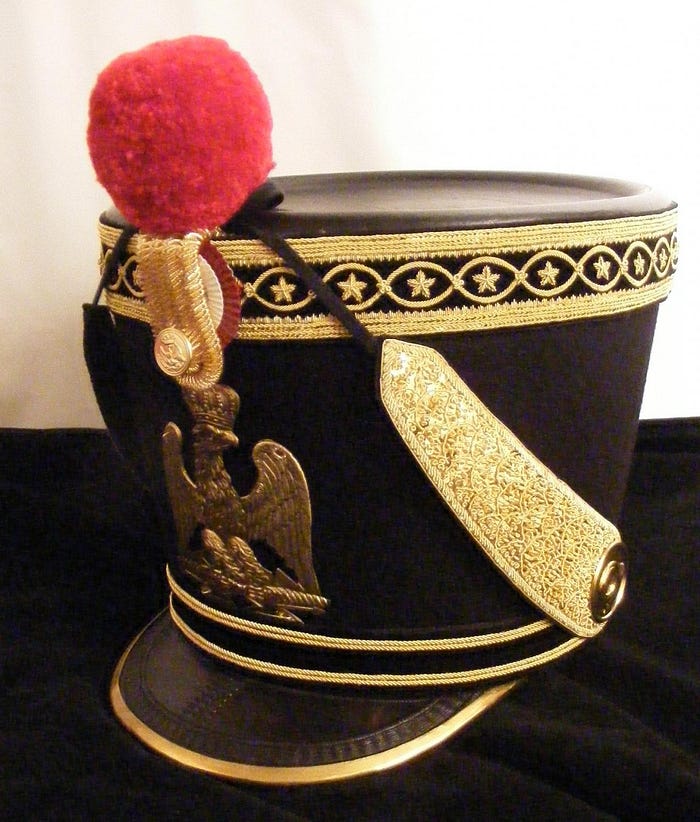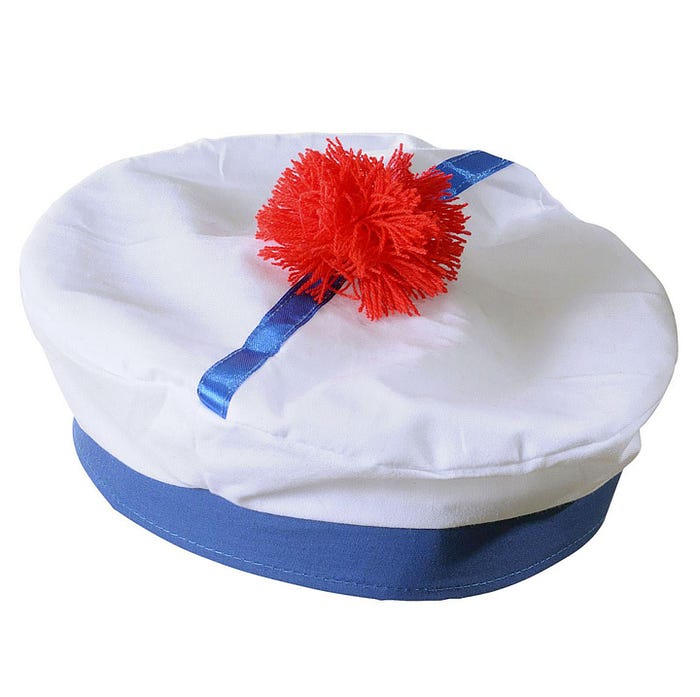The pom-pom cap’s inceptions can be followed back to Scandinavia from the age of the Vikings (800-1066). The Viking god Freyr, is portrayed wearing a cap or cap with a pom-pom on it in a statuette that was found in 1904 on the homestead Rällinge in Södermanland, Sweden. In an article composed by prehistorian Neil Price remembered for the content Old Norse Religion in Long-Term Perspectives: Origins, Changes and Interactions, Price says, of the statuette, “The figure is wearing a protective cap and a wristband on every wrist, which are all profoundly purposeful plan considerations and thusly not without importance.”

“Pom-pom” is said to have started from the French word “pompon”* during the eighteenth century. As of now, the overwhelming Hungarian rangers known as the Hussars wore what was known as a shako, or a tall organized cap, as a feature of their garbs. This noteworthy (however honestly hefty) headgear got the attention of regiments across Europe, including the troopers of Napoleon’s military. Various regiments put their own brand name contort on it — some ornamented the covers with metal plating, others finished off them with feathered plumage or a pom-pom. The tone and state of the cushioned prosper implied regiment and rank and was a wellspring of pride for a fighter.


In the interim, of the combat zone, the pom-pom held extraordinary importance also. In South America, customary pieces of clothing of the two people were being enhanced with contrastingly hued pom-poms as a sign of their conjugal status. In Rome, pastors wore square-crested covers called birettas. The shade of the pom-pom that delegated every biretta connoted the wearer’s organization.

While pom-poms have consistently been important for customary dress in Scotland — men wore a floppy beret called a Balmoral hat that was finished off with a brilliant red pom-pom notoriously known as a cookie — they making the most of their greatest ascent in ubiquity during the Great Depression of the 1930s.

Contrasted and tufts and jeweled knickknacks, the pom-pom was a financially stable adornment – – it very well may be rejected along with the extra yarn. Simultaneously, tissue pom-poms were springing up at secondary school moves as simple DIY embellishments and in team promoters’ hands as fun, merry substitutes for implement. Individuals wherever experienced passionate feelings for the erupt and perkiness of the pom-pom.

Today we actually love the allure of the Pom-pom and in our next blog, we are demonstrating how to get included and make your own. Meanwhile, investigate our present Pom-pom
*Pom-pom is gotten from the French word pompon, which alludes to a little enhancing ball made of texture or quills. It additionally implies a “fancy round tuft” and initially alludes to its utilization on a cap or an “elaborate tuft; tuft-like blossom head